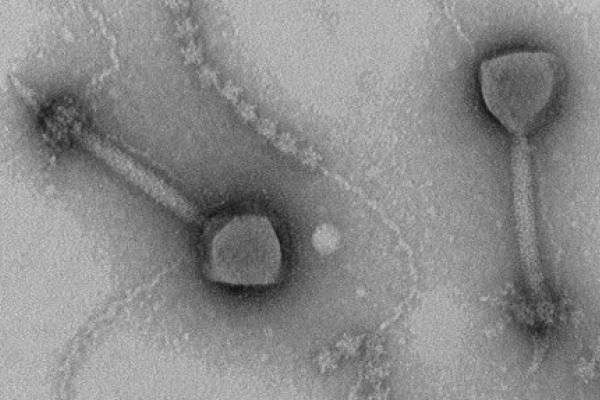Unveiling the Viral Ecology of Earth

by Joshua Weitz, Steven Wilhelm, & Matthew Sullivan
Viral infections modify and transform the functioning of individual cells. They do this not just for humans, animals, and plants, but also for the microbes that drive the Earth’s carbon cycle. Could this tiniest form of life impact the balance of nature on a global scale?
Ebola, HIV, influenza—even the common cold. Each of these maladies reinforces the commonly-held belief that viruses are harmful parasites that are potentially deadly to their host. The virus’ ability to disrupt human health belies its relatively simple form—it’s no more than a microscopic package of genes wrapped in a molecular shell. But when a virus infects a living cell, it can commandeer the genetic machinery of the host to replicate itself. What is not widely understood, however, is that not all viruses are bad for their host, or for the world around them.
Viruses infect all types of living cells, including those of animals, plants, and microbes. Indeed, the targets of most viruses are microbes—including the ubiquitous bacteria living in soil, lakes, and throughout the oceans. Viruses play a critical role in altering the fate of individual organisms, and potentially that of the Earth’s ecosystems. In effect, viruses modulate the function and evolution of all living things, but to what extent remains a mystery.
To read the full article, visit the Science Philanthropy Alliance
